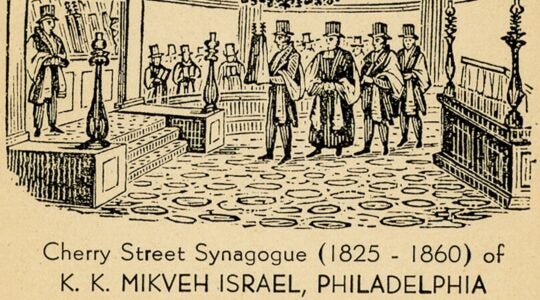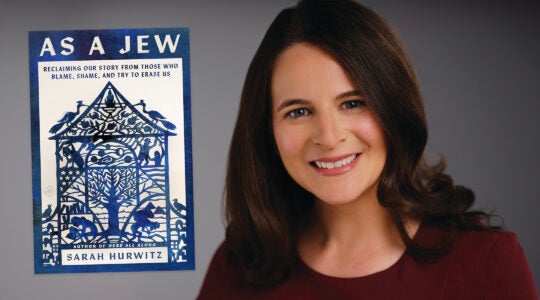How do some issues achieve “hurricane force winds” while others are barely noticed?
Take the current tectonic shift in demographics: In the past, population charts resembled pyramids with larger numbers of young people at the base and fewer elderly at a narrower peak. There were enough young people to support the aged.
Now there’s a radical shift: the pyramid’s sides are becoming even. It looks like a square with large populations in their 50s and 60s on top and surprising numbers above them.
We have achieved the dream of longevity, allowing decades-long retirements — and extended careers. This demographic gale could undermine social services like Medicare and our capacity to care for the elderly. As Standard & Poor’s observed, “No other force is likely to shape the future of national economic health, public finances and policy making as the irreversible rate at which the world’s population is aging.”
But the impact goes further. These changes affect succession plans (and career aspirations) as extended careers block younger workers’ upward advancement — and stoke generational tensions.
In the public service sphere, 40,000 managerial/professional positions per year could open up if Boomers retire as prior generations did. Volunteer leaders might also move on. Much of the talent that fueled progress for the past 40 years would leave active organizational leadership, placing enormous pressure on those left behind. Will “encore” career Boomers enter, or will others move up?
Either way, the Jewish community’s expansive social service network could be jeopardized. That’s why we must re-imagine how Boomers embrace these years, their roles, how organizations incorporate their talents if they seek public service careers and the implications of all this on succeeding generations.
This last point is critical: Our response to Boomers affects future generations. We need Boomers engaged in communal life rather than leaving. If they pursue encore careers or serious volunteerism, the result would be unprecedented: four generations active in Jewish communal life. The potential benefit is huge, but, conversely, if we fail to respond, the result could be generational collisions and communal weakness.
Where can we find solutions? Many Jewish funding organizations believe that by focusing on 20- and 30-somethings they are covering the innovation terrain and assuring communal transformation. The stakes for this view are high because these organizations drive Jewish communal agendas. For far too many, inter-generational and Boomer issues are not on their agenda at all. A recent study of 250 Jewish philanthropic funders revealed a focus on childhood education and young adult entitlements. The only mention of any other age group was geriatrics.
As Stephen Wunker noted in the Harvard Business Review, companies “…focus on the market as it is today, where data are more easily obtained, and they employ the most conservative estimates about new sources of growth. They may also concentrate exclusively on what their customers want, which biases them toward incremental improvements …” Similarly, we believe, many funders place conservative impediments in the way of new initiatives. They “stay in their lane,” feeling they know what their constituents want. Wunker closes by quoting Henry Ford: “If I had asked customers what they wanted, they would have said a faster horse.”
Our “faster horses” have succeeded in sending young people to Israel, Las Vegas and beyond. We have young leadership programs and conferences. We rely on age as the primary recruitment criterion for leadership programs and communal largesse. And we comfort ourselves by assuming that as people age, their young adult experiences will ensure continued involvement and investment in Jewish life.
Yet, in a 2009 study David Elcott conducted of affiliated Jewish Boomers in 30 North American communities, two-thirds said that if they do not find what they want in the Jewish community, they will look elsewhere. Rather than reaping the benefits of decades of fidelity, we might end up with four highly entitled generations whose allegiance to the Jewish community extends to the next meaningful experience offered to them, and whose loyalties are limited to their own, more narrow, interests. Instead of intergenerational collaboration, we could face generational cohorts demanding larger shares of decreasing entitlements.
The Jewish population is among the oldest of any segment of the American population. The survey cited above confirms that we cannot presume continued Boomer fidelity to Jewish life. Competitive options for Jews 50 and older are emerging everywhere, from the Peace Corps to Executive Service Corps: for example, 10 percent of AmeriCorps positions are reserved for those over 55. Non-Jewish groups are investing millions to attract Boomers.
We lag behind the general community and even the government in adapting to Boomers’ emerging needs. The connected issues of Boomer engagement and intergenerational links are missing from many communal agendas. We ignore at our peril the implications of Boomers leaving Jewish life and its effect on succeeding generations.
The oldest Boomers are 65, and the youngest near 50. They are at a pivot, considering many next steps. What they do and how the Jewish community connects with them affects the generational landscape. In fact, the next decades of Boomer behavior might determine what kind of Jewish community we share and whether it grows stronger or is buffeted by forces beyond our control.
The wind is rising.
David Elcott is a professor of practice in public service and leadership at New York University’s Wagner School of Public Service. Stuart Himmelfarb, the former chief marketing officer at UJA Federation of North Jersey, is co-chair of The Jewish Week’s board of directors. The two co-founded B3/The Jewish Boomer Platform, a new initiative dedicated to engaging Jewish Boomers in Jewish life and advancing inter-generational connections. For information, visit www.B3Platform.org.
The New York Jewish Week brings you the stories behind the headlines, keeping you connected to Jewish life in New York. Help sustain the reporting you trust by donating today.




